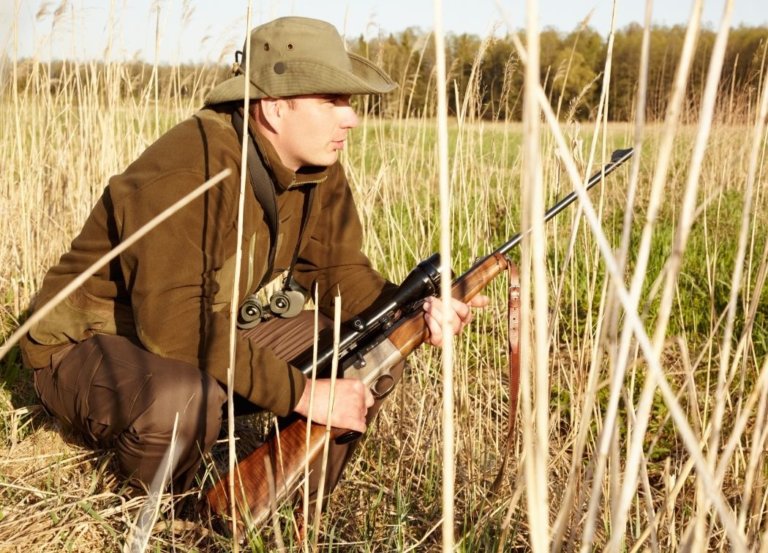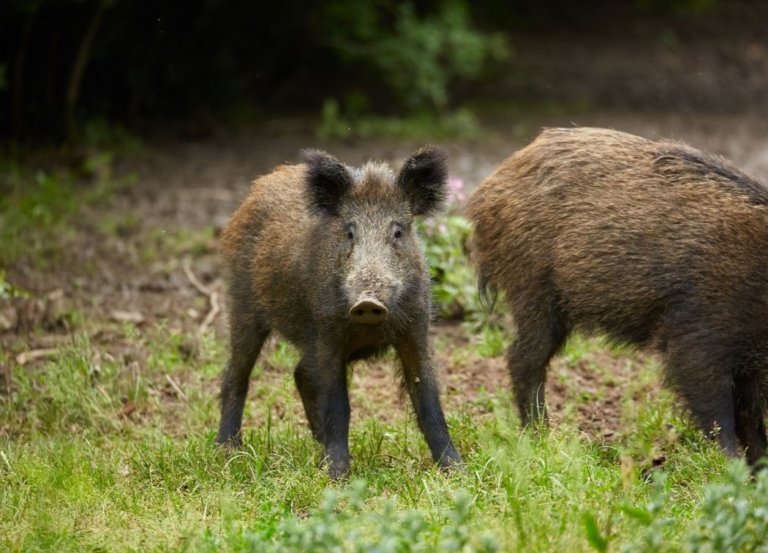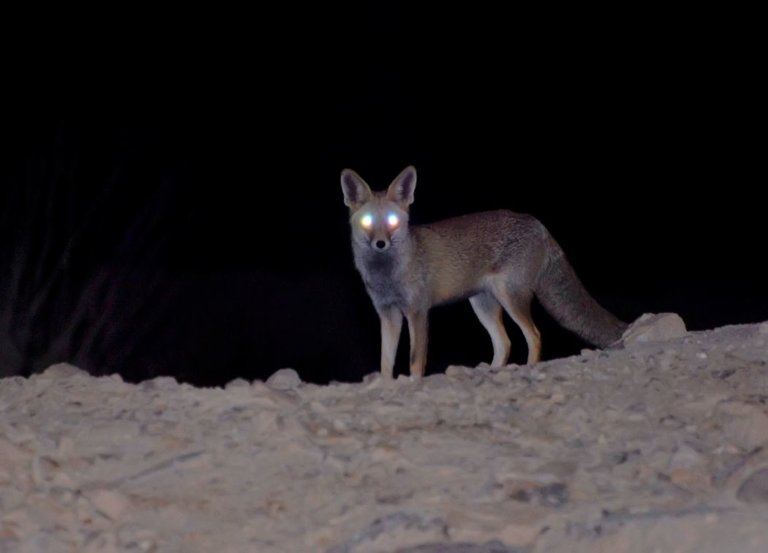Aging Deer on the Hoof Test
For any serious hunter or wildlife manager answering the question How Do You Tell How Old A Deer Is?
Or doing an Aging Deer On The Hoof Test is a valued skill to acquire.
Want to learn it?
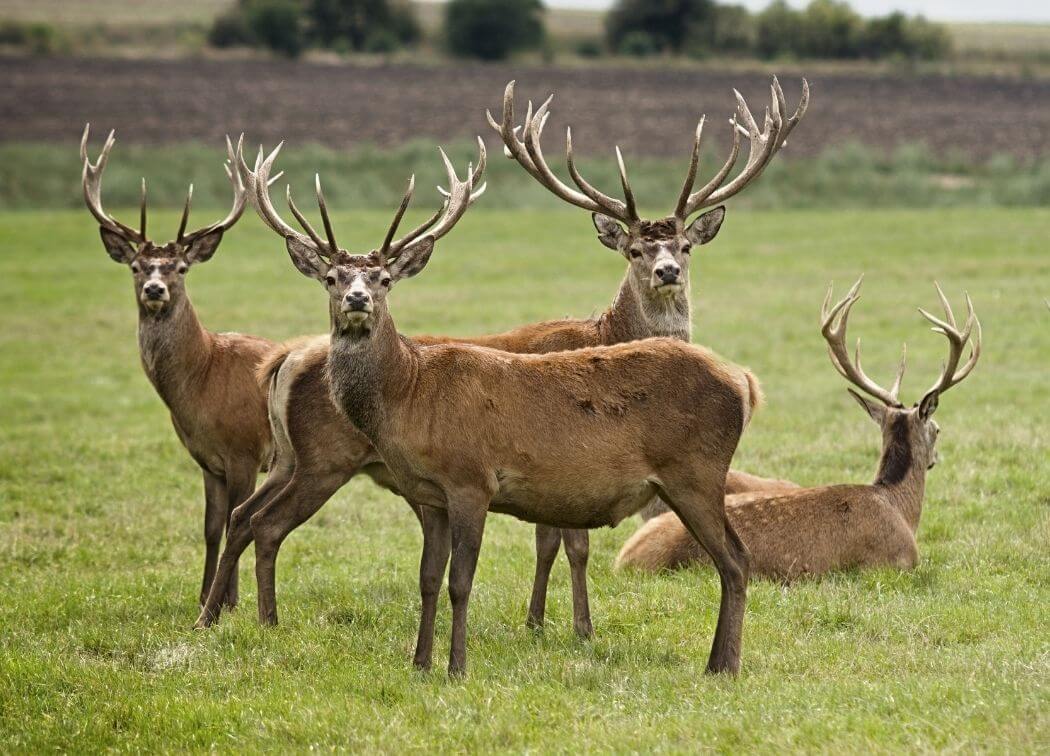
Whether you are aging Whitetail deer or aging Mule deer or just about any deer, learning these skills will help you become a better hunter.
Assuming you want to shoot older bigger deer, You want to know how old the buck is Before it is dead and you examine the teeth. After all, there could be much more antler growth to come!
Is that buck in his prime right now?
This how-to guide will show and explain in simple terms the best way to conduct an aging deer on the hoof test. You can then make the best decision to shoot or not to shoot.
Avoid ground shrinkage. You know after you drop that monster looking buck and its rack gets smaller and smaller the closer you get.
Takeout Summary
Forget the antlers as an accurate test to age a deer. Every buck is different, habitat varies and the antlers can and will vary across deer of the same age. That said there are ways to judge or field score deer antlers in the field and I will discuss that in another article.
So How Do You Tell How Old a Deer Is
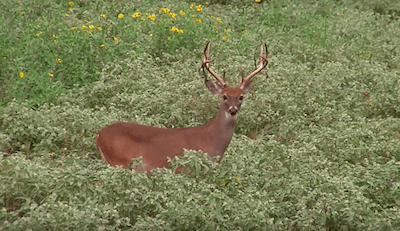
Young Deer Body Characteristics: 1 1/2 TO 2 1/2 Years Old
This is the easiest range to estimate the age of a deer due to the deer’s body shape at this young age.
- Very tall and leggy looking
- Thin necks meeting the chest very high up
- No brisket and little in the way of shoulder muscle
- By 2 ½ brisket and shoulder muscle are starting to develop
- A young buck may sport spikes or even a small antler rack. Generally no larger than the width from ear to ear
Very simply young bucks will resemble a doe with antlers.
Young Deer Behavior Characteristics: 1 1/2 TO 2 1/2 Years Old
- A young or juvenile deer is less cautious than a buck who has been avoiding hunters for awhile
- He will often enter an open clearing first
- If older bucks are around the youngster will be more timid or skittish and allow the older males to assert their dominance

Middle Aged Deer Body Characteristics: 3 1/2 TO 4 1/2 Years
This is the trickiest age to answer the question how do you tell how old a deer is.
In this age range many deer are often mistaken to be in their prime or fully mature when they are not quite there yet at 3 ½.
By 4 ½ years of age a buck can now be considered mature and in his prime.
- Legs begin to look in better proportion to the body size, they lose that tall leggy look
- By 4 ½ due to increased body size, the legs actually begin to look short
- Necks being to swell from testosterone particularly during the rut. The neck also meets the chest much lower down by 4 ½ years
- Shoulder muscles will have started to show some real definition
- The back of a 3 ½ will still be relatively flat, starting to show some minor sagging as he approaches the 4 ½ year age
- play-circle-o At 4 ½ years, a buck is almost in his prime. He can now be called a mature buck. His coat will be showing signs of greying. His rack will typically be up to 85 -90% of the full potential
Middle Aged Deer Behavior Characteristics: 3 1/2 TO 4 1/2 Years
- From 3 ½ to 4 ½ bucks get more active during the rutting season and by 4 ½ he starts to dominate the younger bucks in the herd, particularly if there are no older dominant males to fight off
- Out of the rutting season this deer is becoming smarter. He knows his environment, his territory and becomes more of a challenge to hunt
He will be much harder to hunt having outwitted hunters for this long

Mature Aged Deer Body Characteristics: 5 1/2 Years & Upwards
Congratulations if you managed to successfully hunt a mature buck in this age group. You have a real trophy.
- Extremely solid necks meeting a very muscular chest region
- Signs of loose or flappy skin in the face, mainly below the throat is another good indicator of a fully matured buck
- Legs will appear short compared to the rest of the deer’s body. Shoulder muscles will stand out clearly.
- The belly will show a definite sag and likewise, the back line will show a sway or swag as well in a mature buck of this age
- The bucks’ antlers have now reached their full potential
- The nose of a fully mature buck of this age will appear more rounded or Roman as it is often referred to.
- The condition generally starts to deteriorate after 6 ½ to 7 years as the tough and skilled warrior begins to lose weight
Mature Aged Deer Behavior Characteristics: 5 1/2 Years & Upwards
- Clearly the dominant male with other younger bucks around
- In the wild, they are probably to smart for me and you by now to observe all their well developed evasion abilities!!
Conclusion
Applying an aging deer on the hoof test is a practiced skill. Like any hunting skill the more you practice the better you will become at it.
There is no exact science in answering the question how do you tell how old a deer is, however applying the above principles will get you very close in estimating a deer’s age whilst it is still alive.
Practice this in the field, when you watch a movie or video clip, reading a magazine or internet article.
Now you have passed the above test on how to age a deer read the article on deer shot placement to make sure the hunt is a real success.

